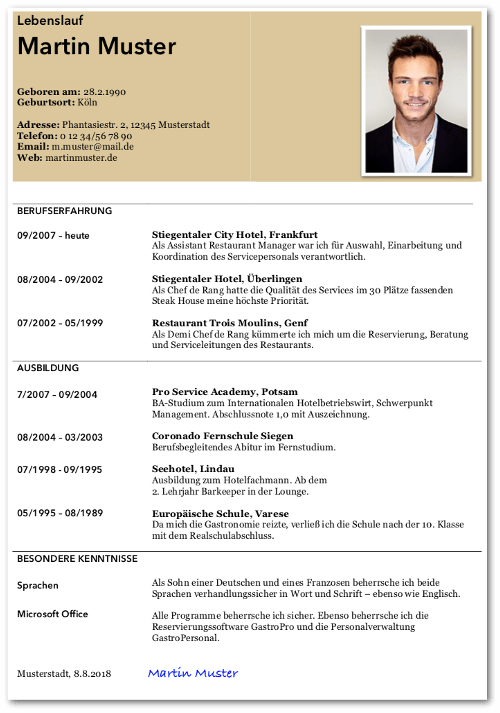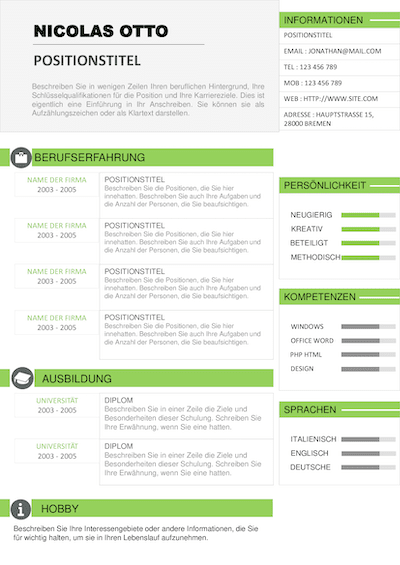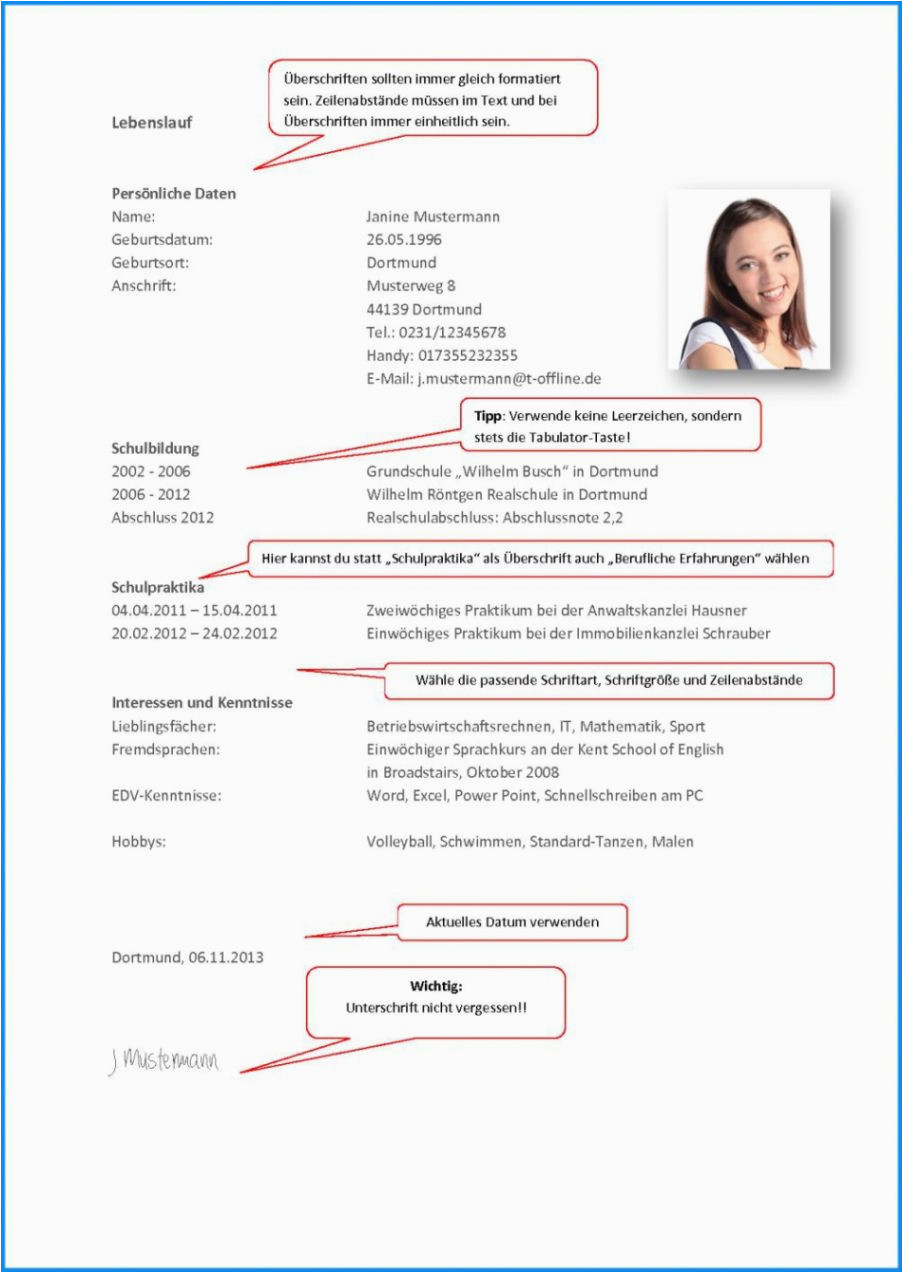

Long rumored to have publicly denounced Marcel as a “Trotskyist traitor,” Ana Pauker in fact refused to do so even among her fellow Communists in prison-despite repeated calls to that effect by her Comintern superiors. While incarcerated she learned that her husband had been one of the countless communists purged in Moscow during the Great Terror of 1936–39. Returning to Romania in 1934, she was arrested the following year, tried in a highly publicized trial, and sentenced to ten years in prison. Rapidly rising into the Comintern hierarchy, she became a close associate of Dmitri Manuilsky and spent two years in Paris as a special instructor to the French Communist Party. In 1928, Ana was admitted to the Lenin School in Moscow, which trained the top functionaries of the Communist International (Comintern).

At the behest of the Soviet leadership, she placed two of her children in children’s homes in the Soviet Union and the third in France with the family of the head of the French Communist Party.Īrrested and brutally treated on several occasions in 19, Ana and Marcel Pauker spent a number of years in exile in Prague, Berlin, and Paris. Pauker’s daughter, Marie, was born in Moscow in 1932, fathered by Eugen Fried, a Czech Jew who headed the Comintern’s team of instructors to the French Communist Party, with whom Pauker served in Paris from 1930 to 1932. A son, Vlad, was born in Vienna in 1926, a daughter, Tatiana, in Moscow in 1928. Their first child, a girl named Tanio who was born in Bucharest in December 1921, died of dysentery seven months later. 1936–1939), and both joined the Communists after their split from the Social Democrats in 1921.

Three years later, she married the Romanian Jewish socialist Marcel Pauker (1896–c. At the same time she continued teaching in the Jewish community, was active in maintaining a hostel for impoverished Jewish children, and took part in defense units protecting Jews against the pogroms that broke out in Bucharest in 1918. In 1915, she joined the Romanian Workers’ Social Democratic Party and adhered to its pro-Bolshevik wing after the October 1917 Russian Revolution. Quickly excelling in her studies and given professional training at deferred cost, Ana (beginning in 1910 or 1911) taught first grade at a Jewish primary school and then Hebrew and Jewish studies at a community professional school. Her father, Hersh Kaufman Rabinsohn, was a ritual slaughterer (sho het) and synagogue functionary, her mother Sarah, a small-time food seller. Born Ana Rabinsohn in the Moldavian village of Codaesti on December 13, 1893, she was one of six children (two having died in infancy) of an impoverished Orthodox Jewish household in Bucharest.


 0 kommentar(er)
0 kommentar(er)
